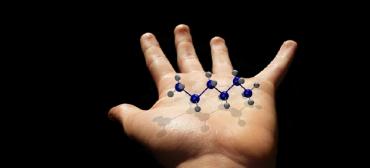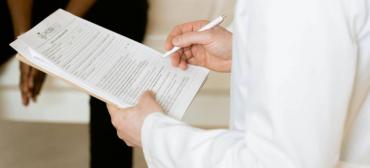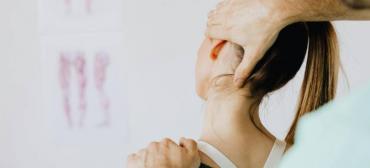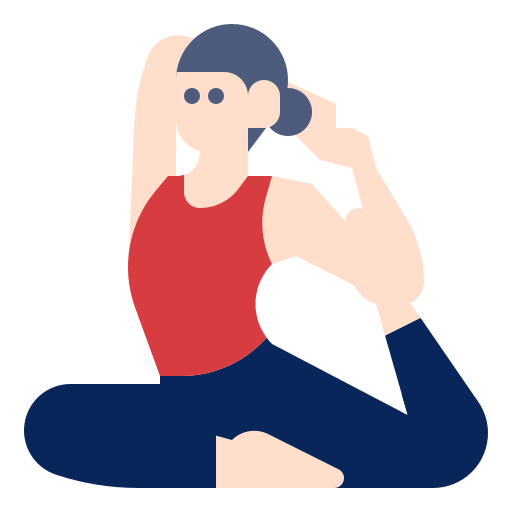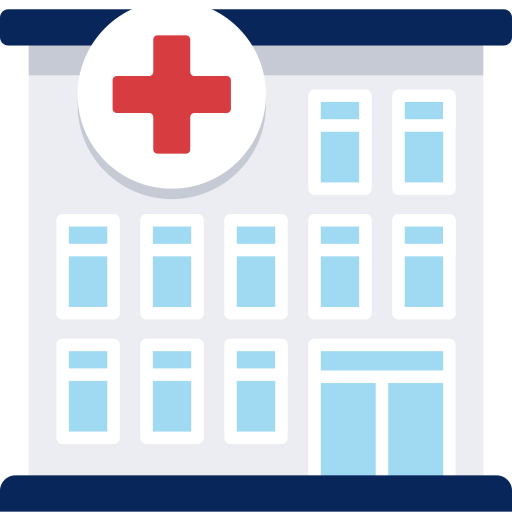Rehabilitation, Pulmonary
Pulmonary Rehabilitation
What is pulmonary rehabilitation?
Pulmonary rehabilitation is a doctor-supervised program for people who have chronic lung diseases, such as emphysema and chronic obstructive pulmonary disease, chronic bronchitis, asthma, bronchiectasis, interstitial lung disease, (such as cystic fibrosis or sarcoidosis), thoracic cage abnormalities, neuromuscular diseases, or lung tumors. The program is also often used before and after lung surgery. Pulmonary rehabilitation programs can often improve function, reduce symptoms, and improve the well-being of patients.
The pulmonary rehabilitation team
Pulmonary rehabilitation programs can be conducted on an inpatient or outpatient basis. Many skilled professionals are part of the pulmonary rehabilitation team, including any or all of the following:
-
Pulmonologist
-
Thoracic surgeon
-
Physiatrist
-
Internist
-
Other specialty doctors
-
Rehabilitation specialists
-
Respiratory therapist
-
Registered dietitian
-
Physical therapist
-
Occupational therapist
-
Social worker
-
Psychologist/psychiatrist
-
Recreational therapist
-
Case manager
-
Chaplain
-
Vocational counselor
The pulmonary rehabilitation program
A pulmonary rehabilitation program is designed to meet the needs of the individual patient, depending on the specific lung problem or disease. Active involvement of the patient and family is vital to the success of the program.
The goal of pulmonary rehabilitation is to help patients return to the highest level of function and independence possible, while improving the overall quality of life--physically, emotionally, and socially. These goals are often met by:
-
Decreasing respiratory symptoms and complications
-
Encouraging independence through self-management
-
Improving physical conditioning and exercise performance
-
Improving social, emotional, and vocational status
-
Reducing hospitalizations
In order to help reach these goals, pulmonary rehabilitation programs may include the following:
-
Medication management to help reduce respiratory symptoms, complications, and hospitalizations
-
Breathing exercises to improve lung capacity and fitness
-
Calisthenics or stretching exercises to improve flexibility
-
Weight training to increase exercise endurance and conditioning
-
Exercise machines, such as stationary bicycles and treadmills
-
Patient and family education and counseling
-
Smoking cessation
-
Stress management and emotional support
-
Nutritional counseling
-
Assistance with obtaining respiratory equipment and portable oxygen
-
Vocational counseling
Related Questions
COLD AND COUGH
- 3722 Days ago
- Bronchiolitis - Respiratory Disorders
COLD AND COUGH
- 3722 Days ago
- Bronchiolitis - Respiratory Disorders
Remendous stress and anxiety
- 4130 Days ago
- Respiratory Disorders
breathing discomfort
- 4321 Days ago
- Respiratory Disorders
Feeling pain like in TB
- 4482 Days ago
- Respiratory Disorders
Respiration problem
- 4146 Days ago
- Respiratory Disorders


